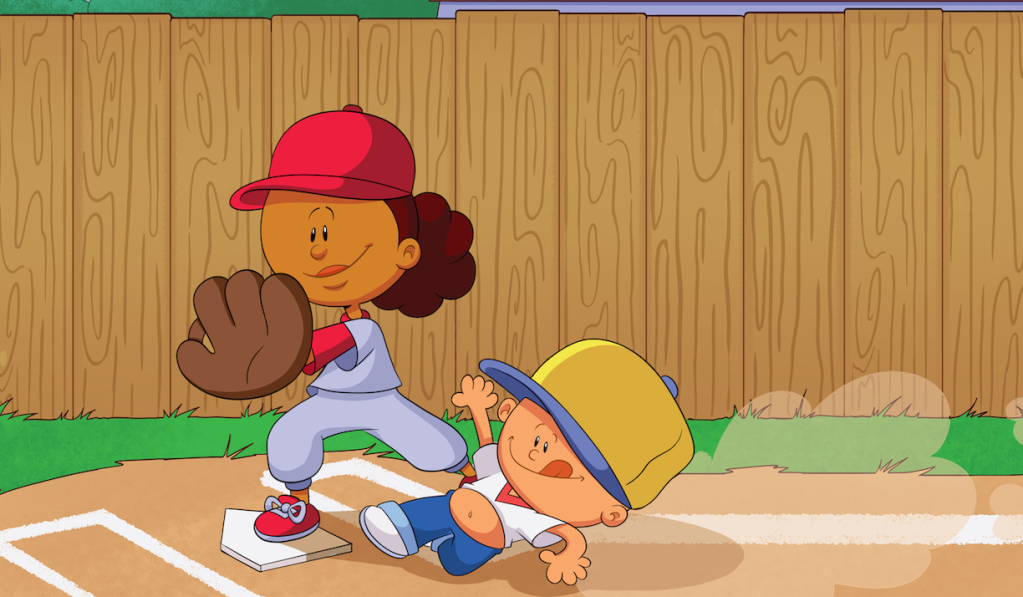
*Team Infographics is proud partner of Front Office Sports
The continuing growth of esports all over the globe has been reflected in the number of fans engaging with their favorite games and teams on social media. With the number of esports fans on social media reportedly close to 385 million, competitive video gaming now has a larger social media following than the National Football League.
As esports organizations expand, so will their social media needs. Just like how football fans love to see up to the minute statistics or stunning motion graphics depicting tournament results, fans of games like League of Legends (LoL), Overwatch, Counter Strike: Global Offensive and NBA2K expect the same kind of quality in their social content.
For going on six years, Team Infographics (TI) has worked with professional sports teams and college athletic departments to help them develop unique graphics and video, alongside their publishing tools similar to a CMS system like WordPress. Now, they are preparing for a move into the world of competitive video gaming. TI art director Joe Centeno explains what led the company to explore a venture into esports.
“When we started looking into esports and following what these tournaments were doing and how they were getting covered, we immediately recognized how similar it was to Sundays in the NFL or Saturdays in college football, in what we now refer to as analog sports. We knew we could help these teams with the type of content they are looking for like we do with our current partners.”
.@Team_Vitality with yet another dominating performance:
They take down @Splyce and end the week 2-0! #VITWIN #EULCS pic.twitter.com/6VmDi1T0aF
— LoL Esports (@lolesports) February 10, 2018
While esports fans are very similar to traditional sports fans in terms of the content that they expect, creatives making content for esports social channels should be aware of the difference in social voice used to cover these events.
“In following different events we’ve noticed they can take a little bit more chance in the way it’s covered. Whether because it’s a younger demographic, or just because it’s competitive video gaming. When you watch the way they are broadcast and the way they cover these tournaments, it’s definitely different. In the office, we liken it to a WWE event or a UFC event, but it is its own unique tone and voice. So we’re excited that this could lead to some styles of content that might not be accepted so easily for example on the NFL stage.”
"I see all those wins have really gone to your head, you're about to get a reality check"
Will @XerxeLoL give @GiliusLoL the promised reality check or can @Team_Vitality keep crushing the league? #EULCS
📺 https://t.co/UwzRfpXJMV pic.twitter.com/pPeLd902of
— LoL Esports (@lolesports) February 10, 2018
After helping create content for one of the world’s biggest esports competitions for a number of months now, Centeno and TI have learned quite a bit about the world of esports.
For starters, they’ve learned the importance of being fully immersed yourself in the realm of esports.
“Having that esports expertise and knowledge of the competitive gaming world. You can’t just watch one event and say ‘okay I get it now,’ because you probably won’t. You’ve got to completely dive into it. You’ve got to understand not only how the tournaments operate and how they are covered, but being aware of how teams, players, and fans interact before, after and during tournaments is just as important. Being able to follow gameplay, recognizing the importance of online communities and being comfortable with the unique vocabulary and culture surrounding these global tournaments is essential to being able to build content that will be accepted as authentic and genuine.”
Second, Centeno and crew are aware that esports content creators must be ready for the “always on” nature of the business
“There’s so much opportunity to cover these events that if you have an internal team, great. You’ll be able to do a good job of covering it every weekend and every tournament. If you don’t, or if you just need help with the immediacy of some of these things,…Like when a match is over, they need to put out stats the same way that traditional sports teams do. Their audience needs the exact same type of info. They need to know who won, who was the player of the game, and where does their team stand overall in this tournament. “
Finally, their observations of the space have helped them see a unique opportunity to zero in on the stories of professional gamers.
“When covering traditional sports, you see marketers covering what teams accomplish as a whole. Where esports are going to differ is they’ll have specific players they can try to help build up as this new superstar in the world of that game. We know we can help with that. We can help that specific person create content, maybe about their training regimen or the teams training facilities, and match info leading to upcoming games. We have the opportunity to explore his/her personality and make him or her a superstar. We can help these players go from being well known within the gaming community to being household names like NBA or FIFA superstars are known all over the sports world.”
Moving forward, Centeno and the TI brain trust hope to expand their portfolio of esports partnerships into leagues like the newly formed NBA 2K League and the just announced EA Sports NHL league.
To see more of TI’s work within the realm of esports, follow them on Twitter.
*Team Infographics is proud partner of Front Office Sports

















